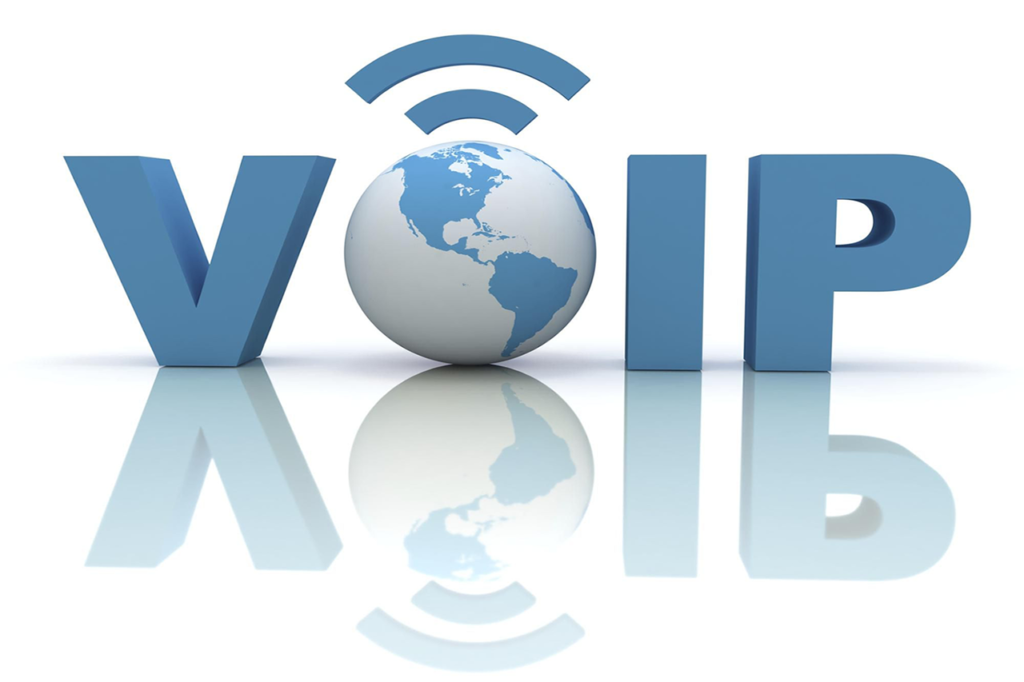
VoIP is an acronym for Voice over Internet Protocol, also called IP Telephony or Internet Telephony and can be defined as the process of transmitting voice conversations through IP data connections or digital networks where this protocol is used.
There are three main categories of traffic on the Internet:
1) Data Traffic
2) Voice Traffic
3) Video Traffic
VoIP is a technology that gives us the ability to communicate with anyone, from a standard mobile phone, satellite phone or an Internet-connected device over the Internet through IP.
All we need is two mobile phones capable of using the Ethernet network that can connect to a telephone exchange through one of these two protocols:
1. SIP or Session Initiation Protocol is the standard sync protocol that can be used by any vendor between the mobile phones and a call center.
2.SCCP or Skinny Cisco Synchronization Protocol uses the Cisco Unified Call Manager to make a connection between the handsets and the call center.
For the VoIP protocol to work at full capacity it needs the following features:
1) Network delay should be less than 150 ms
2) Packet Loss should be less than 1% which can be translated of 1 lost package in a two-second audio file.
3) The Jitter variable delay should be less than 30 ms between each packet.
IP telephony can be achieved through physical devices designed for this task called IP Phones.
The technology used by these phones to communicate with the PBX is called SIP, and the one for voice transfer between IP Phones is called RTP or Real-Time Transport Protocol and works over the UDP protocol.
A phone call is made up of two distinct parts: signaling that consists of sending the number, ringing, the busy tone, and the media which is the voice file or data transmission. The latter can be done by coding the signal into an audio file and sending it through RTP packets.
Signaling can be achieved through one of the following protocols:
1. SIP
2. H.323
3. MGCP
4. H.248
5. IMS
6. SCCP
7. T.38 for fax
The SIP, MGCP, H.248, and T.38 protocols use an auxiliary protocol called SDP to describe the characteristics of the sent media files.
The main advantage of VoIP over traditional telephony is the low price, due to the use of the Internet network that can be used in the same time for other services such as web browsing, email, e-banking and more. The user can use their VoIP service regardless of the location where they connect to the Internet. It is possible to live in a geographical area and have a telephone number from another geographic area (state, country, continent). However, lately, the trend is to avoid answering such numbers.
IP telephony is characterized by the conversion of voice into packets of data that are transmitted over the internet from the source to the destination, where they are put back in the original order and converted into acoustic signals. The best-known IP network is the Internet, connecting millions of users worldwide. Other IP networks are internal to companies, private networks between users or different institutions.

